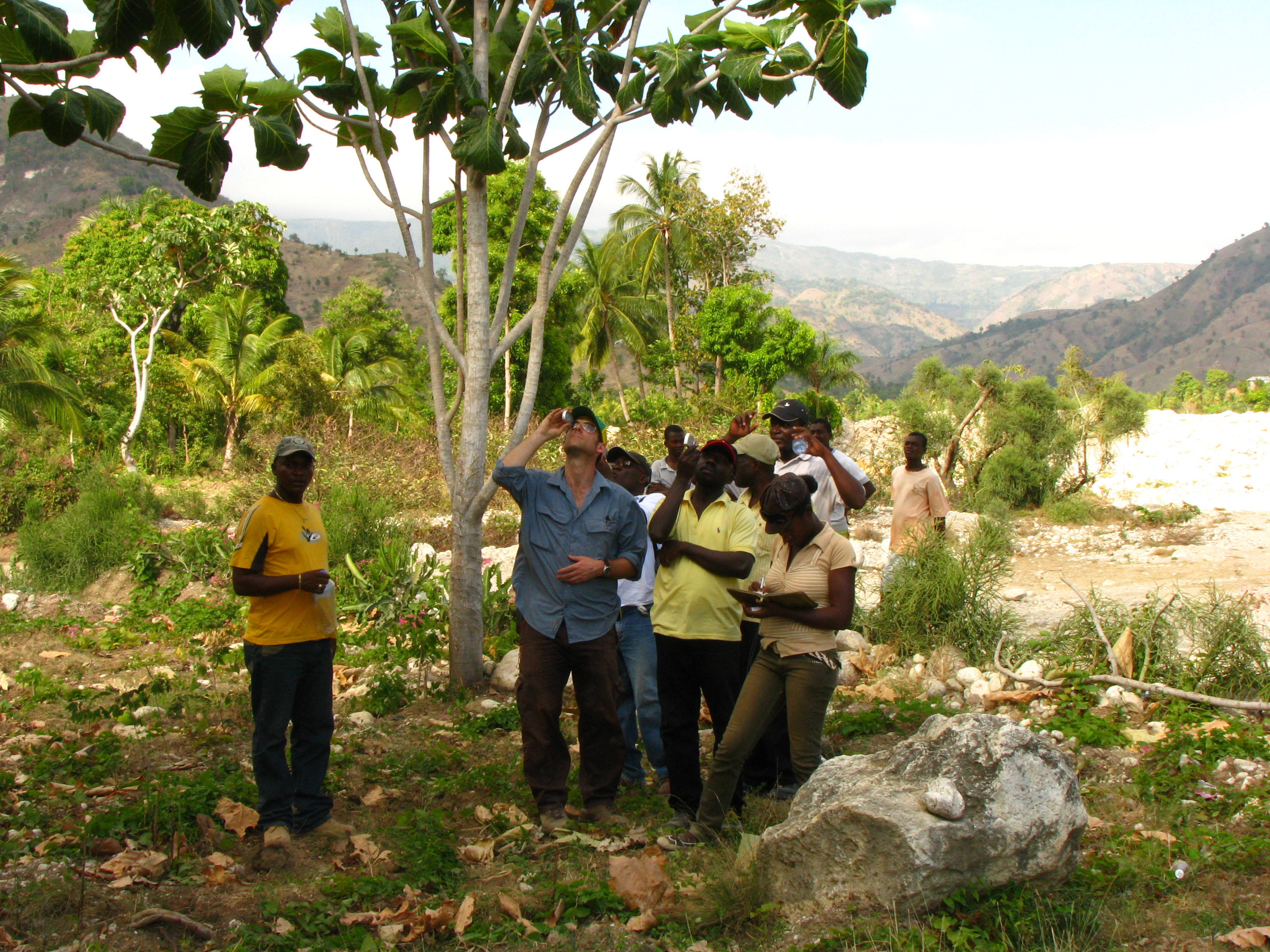Bureaucracy and capacity
But CSI quickly ran into trouble. Because lead partner UNEP was a UN entity, most of the project hiring and procurement went through the United Nations Office for Project Services (UNOPS). The UN presented this to the Côte Sud Initiative team as an advantage: UNOPS specialized in operational support; it would shoulder the burden of staffing and outfitting the project, and accomplish it more efficiently than the CSI team could. The reality was different: some job descriptions were incorrect; hiring moved slowly. "In retrospect, I think I should have screamed bloody murder earlier, rather than wait as long as we did," says Levy.
Similarly, coordination within the fledgling CSI organization was problematic. The environment sector leader was a UNEP staff member whereas the education and health leaders were not and, as Wah recalls, the two sets of sector leaders didn't communicate well. At the same time, Wah found it challenging to stay on the same page as UNEP Country Program Manager Antonio Perera, who was responsible for managing the Millennium Village Project. Part of the problem was that Perera was based at UNEP headquarters in the south and Wah was based in Port-au-Prince at the prime minister’s office.
Meanwhile, Wah thought that the role of the Earth Institute was to provide technical assistance to the sector leaders and help them with planning and budgeting. She argued that a science coordinator—always intended to coordinate the sector leaders—should be the hands-on manager. Midway through 2011, however, UNOPS still had not hired a science coordinator for the Port-à-Piment component of the CSI. So Wah and Fischer assigned themselves to what they hoped would be temporary jobs as co-science coordinators. "Of course, Alex [Fischer] took the brunt of the job," says Wah.
Meanwhile, other organizations joined the partnership. International NGO Catholic Relief Services (CRS) took on the work of implementing the Millennium Village Project. “They have cars, distribution facilities, community liaisons, and a lot of agents in the field. They were the best conduit and had the experience for channeling money down to the ground level,” says Fischer. The Organization for the Rehabilitation of the Environment (ORE), a Haitian NGO, joined and focused on agriculture and reforestation. "[They] were big proponents of the data-driven approach because they’re also researchers," says Fischer. "We conducted a lot of our studies jointly with them."

© Columbia Earth Institute
Haitian students, professors and researchers collect data for a Land Degradation Surveillance Framework study.
Connecting with the community. In October 2011, a strong tropical storm lingered over the south for 4 days, leaving more than 12 inches of rain. The storm produced significant flooding that cut off towns in the upper watershed. The CSI coordination unit kicked in, helping the national relief system meet local needs, such as airlifting medical supplies into remote areas and delivering food when supplies ran short. This was the first sign for the community that the program was bringing results. [28] But it wasn't enough to stave off discontent..
What CSI experienced as steady progress in the project, the local community saw as inaction. By fall 2011, community and local government leaders had grown frustrated with the project, in part because it was nearly a year since the Initiative’s public launch and they hadn't seen results. The contracting and startup delays weren't visible to the community. In addition, a lot of the early work was research, but "folks were in a rush for the projects to actually start landing,” says Wah. At the same time, communication about the project was piecemeal because so many different entities were involved. Regional ministerial directors “didn’t really know what was going on," says Wah.
But finally, in late 2011, the Côte Sud Initiative team started to implement Year One projects: they built additions and upgrades to health clinics, provided fertilizer to farmers,gave vaccinations, improved school facilities and invested in local businesses. Moreover, the Initiative belatedly let the locals know that it planned to hand over the project to the community and ensure their active role in the projects, including receiving funding directly. That made a measurable difference in community attitudes. "They didn’t realize that at first," says Fischer. “Once that became clear, they became invested in the process. The community started becoming [our] most vocal advocate.”